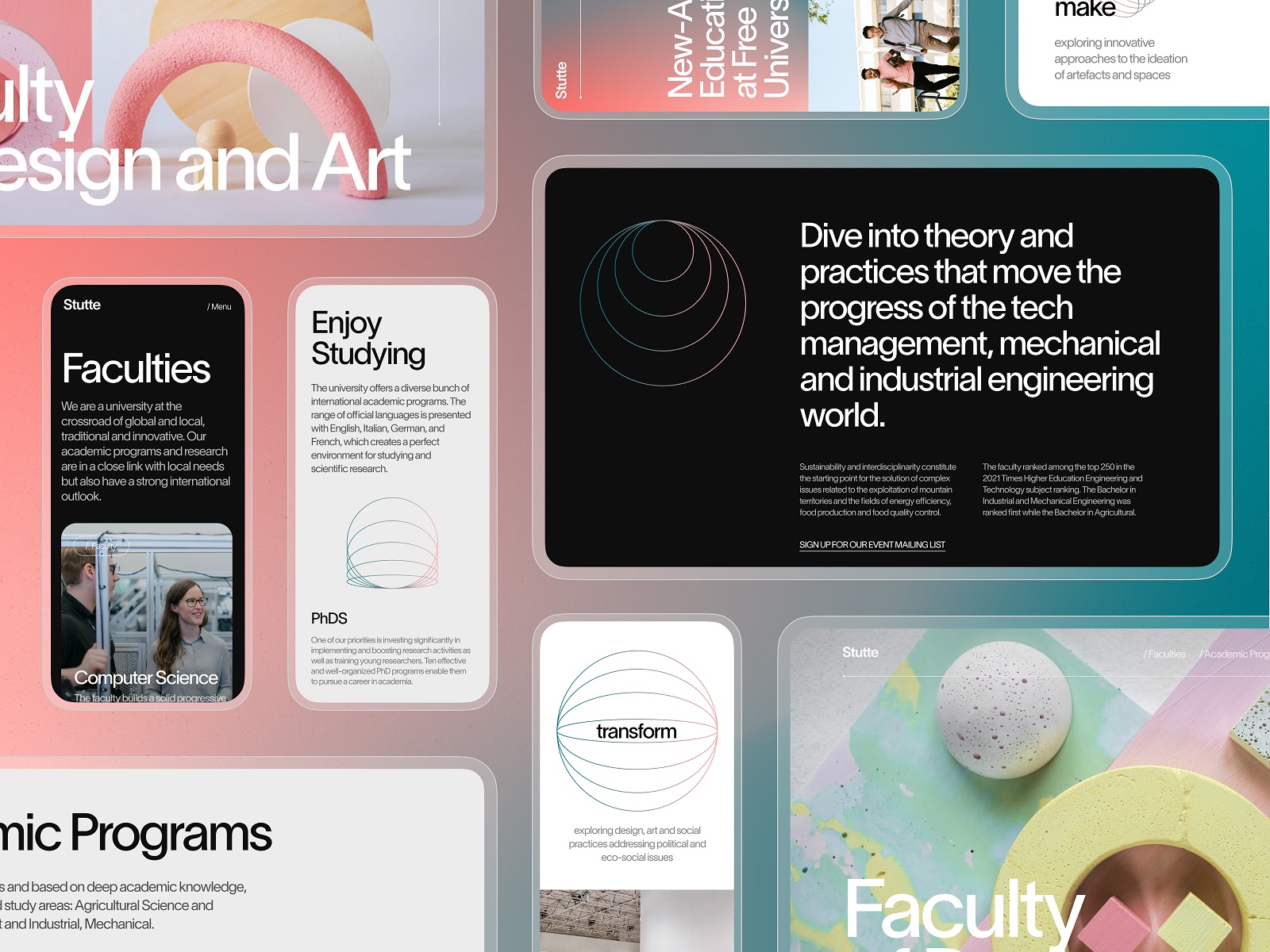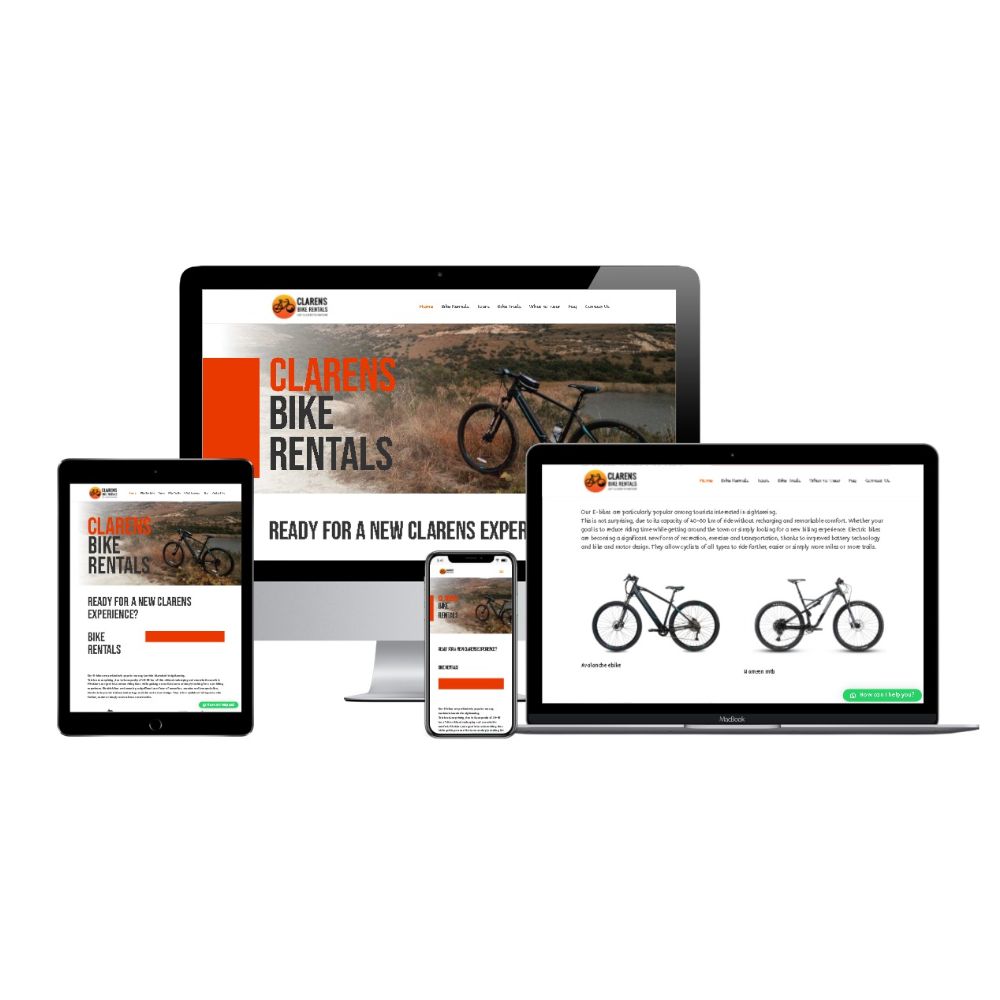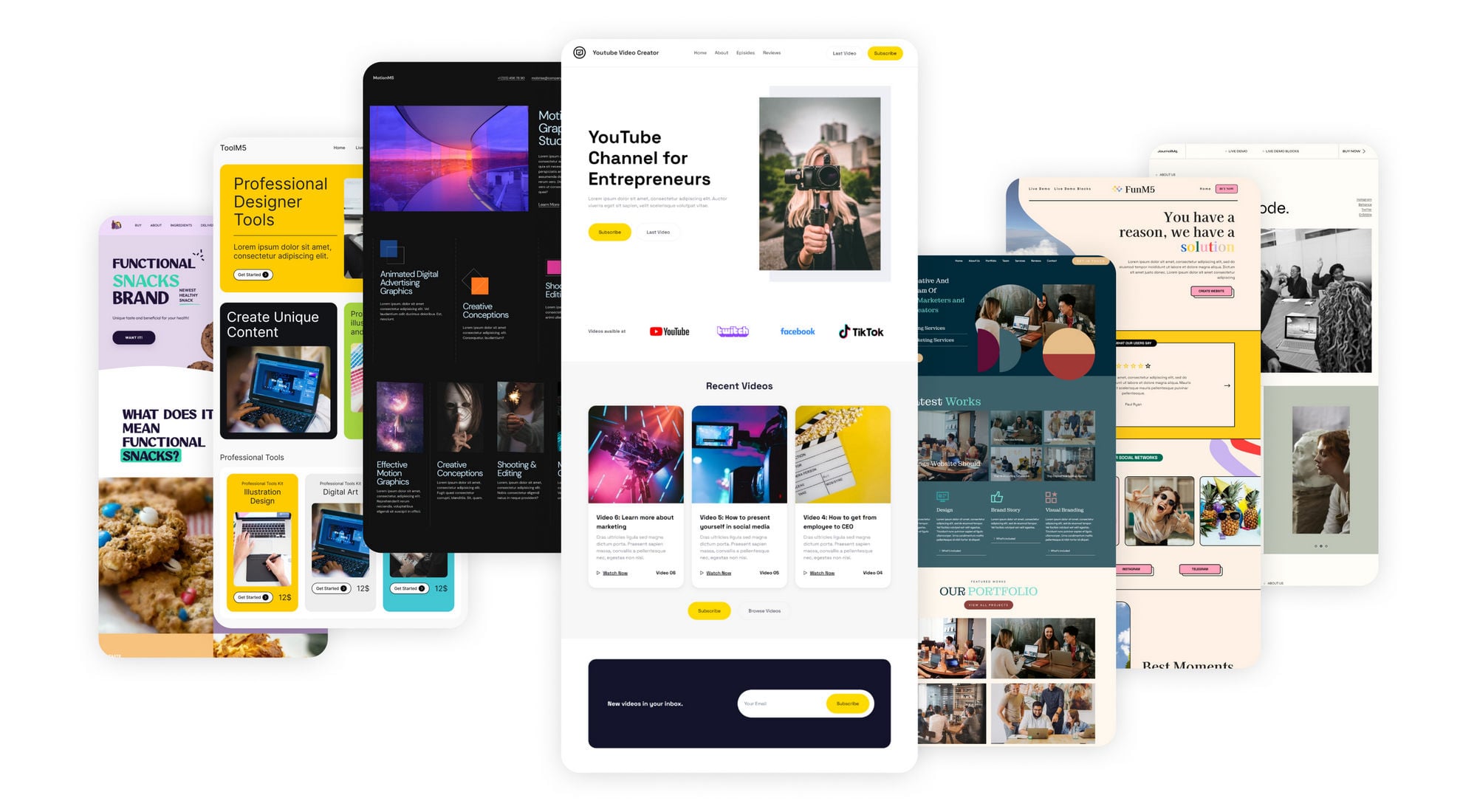
Crafting a User-Friendly Experience: Necessary Aspects of Effective Website Layout
In the realm of site style, the significance of crafting an user-friendly experience can not be overstated. Essential aspects such as a clear navigating framework, receptive design concepts, and quickly filling times offer as the foundation for engaging individuals successfully. Moreover, an user-friendly user interface coupled with accessible material guidelines guarantees that all individuals, despite capability, can browse easily. Yet, in spite of these basic concepts, many sites still fail in providing this smooth experience. Comprehending the underlying aspects that contribute to effective design can clarify just how to improve user fulfillment and interaction.
Clear Navigating Framework
A clear navigating framework is basic to effective web site design, as it directly influences user experience and interaction. Users should be able to find details easily, as user-friendly navigating reduces irritation and motivates expedition. An efficient format permits visitors to comprehend the partnership between different web pages and content, resulting in longer website gos to and boosted communication.
To accomplish clearness, developers must utilize familiar patterns, such as side or top navigating bars, dropdown food selections, and breadcrumb tracks. These components not just boost usability but additionally offer a sense of alignment within the website. Additionally, keeping a regular navigating framework throughout all pages is critical; this experience assists customers expect where to locate desired details.
It is also vital to restrict the variety of food selection items to stay clear of overwhelming users. Prioritizing the most vital sections and utilizing clear labeling will guide site visitors efficiently. Additionally, incorporating search performance can better aid customers in locating certain content swiftly (website design). In recap, a clear navigating structure is not simply a layout choice; it is a tactical component that considerably influences the general success of a website by fostering a enjoyable and effective individual experience.
Responsive Design Concepts
Efficient internet site navigation establishes the stage for a seamless customer experience, which comes to be a lot more vital in the context of receptive layout concepts. Receptive layout makes certain that websites adjust fluidly to various screen sizes and orientations, improving ease of access throughout tools. This adaptability is attained via versatile grid layouts, scalable photos, and media queries that enable CSS to change styles based upon the gadget's attributes.
Trick principles of receptive design consist of fluid layouts that use portions as opposed to repaired units, ensuring that components resize proportionately. In addition, using breakpoints in CSS makes it possible for the style to shift smoothly between various gadget sizes, enhancing the design for each screen kind. Making use of responsive photos is also vital; photos should automatically adapt to fit the display without losing top quality or triggering layout shifts.
Additionally, touch-friendly interfaces are crucial for mobile users, with sufficiently sized switches and instinctive motions boosting user interaction. By incorporating these concepts, developers can create web sites that not just look aesthetically pleasing however also provide functional and interesting experiences across all devices. Ultimately, reliable receptive design cultivates customer satisfaction, decreases bounce rates, and motivates longer engagement with the material.
Quick Loading Times
While customers increasingly expect web sites to pack promptly, quick packing times are not just an issue of benefit; they are important for maintaining site visitors and boosting total customer experience. Research study shows that users normally abandon web sites that take longer than 3 secs to lots. This abandonment can result in boosted bounce prices and decreased conversions, inevitably harming a brand's reputation and revenue.
Fast loading times improve customer interaction and complete satisfaction, as site visitors are extra likely to check out a website that reacts swiftly to their interactions. Furthermore, online search engine like Google focus on speed in their ranking formulas, suggesting that a slow-moving site might struggle to achieve presence in search results.

User-friendly Customer User Interface
Rapid packing times prepared for an interesting online experience, but they are only part of the formula. An instinctive user interface (UI) is important to ensure visitors can browse a site effortlessly. A properly designed UI allows individuals to achieve their goals with minimal cognitive lots, fostering a seamless interaction with the site.
Crucial element of an instinctive UI include consistent layout, clear navigating, and identifiable symbols. Uniformity in design elements-- such as color design, typography, and switch styles-- aids customers understand exactly how to connect with the internet site. Clear navigation frameworks, consisting of sensible menus and breadcrumb tracks, allow individuals to find information swiftly, lowering frustration and improving retention.
In addition, comments mechanisms, such as hover results and loading indicators, educate individuals concerning their actions and the internet site's action. This openness cultivates trust fund and motivates continued engagement. Prioritizing mobile responsiveness guarantees that customers enjoy a cohesive experience across tools, catering to the diverse methods audiences access content.
Obtainable Web Content Standards

First, utilize clear and simple language, staying clear of jargon that might confuse viewers. Highlight proper heading structures, which not only help in navigating but additionally aid screen viewers in translating material pecking orders successfully. In addition, supply alternate message for pictures to communicate their significance to customers who count on assistive technologies.
Contrast is one more important component; make click resources sure that message sticks out versus the background to boost readability. Additionally, guarantee that video clip and audio content consists of inscriptions and transcripts, making multimedia accessible to those with hearing problems.
Lastly, incorporate keyboard navigability into your layout, permitting users who can not use a computer mouse to gain access to all website functions (website design). By adhering to these obtainable content guidelines, internet developers can develop inclusive experiences that provide to the demands of all users, eventually boosting user involvement and contentment
Final Thought
To conclude, the combination of necessary elements such as a clear navigation structure, receptive layout concepts, quickly packing times, an intuitive interface, and easily accessible material guidelines is crucial for creating an user-friendly web site experience. These elements collectively enhance functionality and engagement, guaranteeing that individuals can effortlessly navigate and interact with the website. Focusing on these style elements not just improves overall satisfaction but also promotes inclusivity, suiting diverse customer demands and choices in the digital landscape.
A clear navigating structure is essential to effective web site design, as it directly influences customer experience and engagement. In summary, a clear navigating structure is not simply a design option; it is a critical element that considerably impacts the general success of a site by promoting a reliable and delightful individual experience.
Additionally, touch-friendly user interfaces are important for mobile individuals, with sufficiently sized switches and user-friendly gestures improving user interaction.While users progressively anticipate internet sites to load swiftly, quickly packing times are not just a matter More Help of convenience; they are crucial for maintaining visitors and improving overall customer experience. website design.In conclusion, the assimilation of essential aspects such as a clear navigation framework, responsive layout principles, quickly packing times, an user-friendly customer interface, and available content guidelines is crucial for producing a straightforward internet site experience
 Barret Oliver Then & Now!
Barret Oliver Then & Now! Brandy Then & Now!
Brandy Then & Now! Joshua Jackson Then & Now!
Joshua Jackson Then & Now! Kelly Le Brock Then & Now!
Kelly Le Brock Then & Now! Ricky Schroder Then & Now!
Ricky Schroder Then & Now!